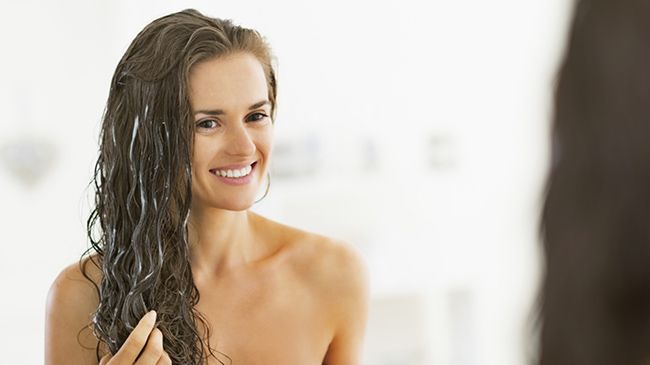
Nature of Curly Hair
Like straight hair, curly hair is also made up of keratin protein composed of long chains of amino acids. The complex bundle of protein, fatty acids, and water molecules make up the hair strand coated with protective cuticle layers to guard the inner workings from external stimuli. However, curly hair differs in the shape of its hair follicle, which could be oval or oblong for example. YouBeauty says that curly hair could also grow from the follicle at unique angles when compared to straight hair. Finally curly hair follows narrow to wide spiral patterns that make up an individual’s curl pattern. At each twist and turn in the curl pattern lies what Pantene would call a high spot or the critical point of each curvature that leaves the cuticle slightly raised. According to Pantene’s Curly Hair Science review, “When the cuticles are lifted, the internal structure becomes exposed, leaving the hair weak.” This explains then need for extra conditioning and TLC when handling curly hair.
2-in-1 Shampoo and Conditioners
Traditional shampoo formulas have hydrophobic cleansing agents or surfactants that bind to the dirt and oil on the hair. They also have a hydrophilic portion that allows the oil to be swept away with the water. Traditional conditioning formulas are known to have cationic charge, a positive charge that attracts to the negative charge of the hair. This allows conditioning elements to attract and bind to the hair. 2-in-1 shampoo-conditioner duos have both of these elements in one bottle. Robert Lochhead, a pioneer in this arena, provides key insight in understandable terms: “In a 2-in-1 product, the catatonic surfactants remain suspended in all the suds while the shampoo is working to break down oils and dirt. Then, when you rinse the shampoo out, the surfactants are ‘triggered’ by the water to bind to the hair, while only the dirt and oil washes away.” Common ingredients to make this process effective are softening silicones like dimethicone and polymers like polyquaternium-10.
Do they work for your curl pattern?
The concern for curly hair lies in the ability of the 2-in-1 shampoo-conditioner duo to effectively condition your hair to the degree that your hair needs. Perfectly healthy hair with little to no damage could most likely handle this formula. Fine, damaged, or struggling hair is likely to not respond well to this formula as their main supply of nutrients for the hair. Finally, the ingredients that cause the conditioning agents to bind with the hair have also been known to create a buildup on the hair shaft. Here is a way to look at how this formula will affect you.
- Coily– If your hair has a lot of twists and turns or opportunities of weak points within the cuticle layers, then you need an ultra conditioning formula that the 2-in-1 shampoo/conditioning duo most likely cannot do.
- Curly– Still a type with many twists and turns, you will need to analyze your hair’s texture to see its level of conditioning needs. However buildup would be a problem for curly hair, as it can temporarily disrupt the movement of the hair.
- Wavy– A looser texture means more moisture retention so the level of conditioning in a 2-in-1 conditioning duo might be a great fit! Unfortunately this hair type is very effected by buildup on the hair shaft and would require frequent clarifying shampoos.
Closing
Cosmetic chemist Ni’Kita Wilson says that 2-in-1 shampoo and conditioning duo may get you through on a vacation or other brief period of life may be ok for your hair. However, it may not be your bread and butter formula for optimal curly hair care. For best results, look for a shampoo with an accompanying conditioning formula that specifically addresses your hair care needs.
Do you use any 2-in-1 cleansing and conditioning products?
